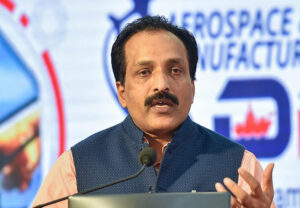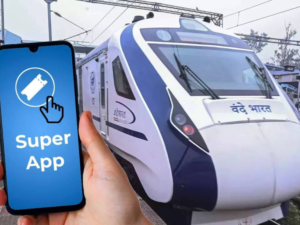What is the mission of SpaDeX? The key to ambitious lunar missions of India as ISRO sets its sights on the international elite club of space-faring nations.

This mission will take place on board the PSLV-C60 rocket, with which many successful launches have taken place for various payload lift-offs. This mission signifies a major milestone in the journey of space for India with showcases economic space docking technologies.
India has set its sights on yet another major advancement in space exploration with the impending launch of the SpaDeX mission. Scheduled to take place from Sriharikota on December 30 at 9:58 pm, this mission is the essential groundwork for developing technologies for docking and fuel transfer in space with spacecraft undocking.
The PSLV-C60 rocket, one of the reliable rocket launchers from ISRO, would fly the SpaDeX mission. This mission is critical to the Indian space journey because it will prove space docking technology at much cheaper costs. Therefore, India will join a handful of countries that can dock spacecraft in orbit and become the fourth nation globally to achieve such a feat.
ISRO has made strides toward accomplishing a significant milestone in its capabilities-the SpaDeX mission. The agency updated on social media that the PSLV-C60 rocket has been fully integrated up to its PS4 stage at the PIF (Polar Integration Facility) moving to the MST (Mobile Service Tower) at the First Launch Pad. This entire process was accomplished in 2 seconds, capturing the meticulous preparation that goes into the launch.
Advancing Space-Docking and Robotics For Future Explorations
PSLV-C60 being a small mission, in reality, aims to demonstrate the docking and undocking of two small spacecraft in LEO, SDX01 (Chaser) and SDX02 (Target). The mission also focuses on the testing of power transfer capabilities between the docked units which will, so, with much lilting, pave the way for further in-space robotic advancements.
Docking technology is significant to space exploration, especially in the area of long-term missions. It links the spacecraft together with the space station so that the crew can transfer or send cargo or even conduct scientific experiments. When India’s goal is to establish its own space station in the years ahead, the simultaneous docking and undocking of spacecraft would be very critical to operating and sustaining that particular station.









